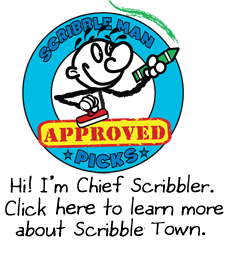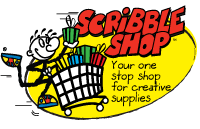Kid-Friendly Mocktail Bar
Perhaps the most quintessential tradition of New Year’s Eve is the champagne toast, but what about everybody who doesn’t participate in a sip of bubbly? Whether you’re under age or prefer to abstain, you deserve a fun and fancy drink to toast with at midnight. That’s why we love a good mocktail—or cocktail without alcohol. With a well-stocked mocktail bar, you can mix and match ingredients to create tasty kid-friendly drinks.
 Image via Eat Drink Pretty
Image via Eat Drink Pretty
In fact, we think all these fun possibilities are even more delicious and interesting that traditional bubbly. With a few basic ingredients, you can make so many combinations. Use your creativity to whip up some yummy drinks that’ll have all your guests saying, “Champagne who?”
To create well-balanced mixed drinks, you need a few key components—mainly something bubbly and something sweet. Of course, you don’t need carbonation, but it is New Years, after all. Customize any ingredients you want to make your bar more sophisticated (cucumber, black currant, fresh herbs) or childproof (orange slices, fruit punch, crazy straws). Here are the key components to creating a fabulous mocktail bar:
- A bubbly base: Ginger ale, sparkling cider, Sprite or Sierra Mist, seltzer—these clear sodas are the perfect vehicles to add a little spritz to your glass. Pick your favorite or have a few kinds available.
- Juice: Orange, cranberry, pineapple, lemonade, peach nectar… these fruity liquids add sweetness and pack the flavor punch for your mixed drink. Stock as many as you like, but a good base is usually three different options.
- Fresh fruit: Whether it’s muddled or used for garnish, fresh fruit is delicious and gives your glass a festive touch. Doesn’t it just feel fancier? Berries and citrus are usually best—raspberries, blackberries, lemons, and limes, etc—but feel free to try any other favorites.
*Another fun tip: Try freezing berries to create a tasty alternative to ice. They’ll keep drinks chilled without watering them down and look prettier, too!
- Fresh Herbs: This is optional, and perhaps for the more adventurous, but some fresh herbs can really bring your mocktails to the next level. Mint, thyme, basil, and rosemary all add deep and complex flavors to an otherwise simple drink. If you’re looking to ease your way in to adding a little green to your glass, try starting with mint.

Image via The Kitchn
These kid-friendly bar basics will ensure tons of fun drink creations. Let the little ones play mixologists and come up with their own delicious concoctions. Keep in mind you can always tailor this to your friends’ and family’s preferences. If you’d like some recipes on hand, here are a few great suggestions:
Rosemary Citrus Spritzer from The Kitchn
Rudolph’s Nose from NCADD
Cranberry Kiss from Eat Drink Pretty
Strawberry Crush from La Fuji Mama
Alcohol content certainly doesn’t have the market cornered on festivity. Upgrade your cup of soda or juice this year and make a fancy drink worthy of starting the New Year with. Cheers!









 Image via
Image via 



 Image via
Image via  Image
Image  Image via
Image via  Image via
Image via 

 Image via
Image via  Image via
Image via  Image via
Image via  Image via
Image via  Image via
Image via  Image via
Image via 


